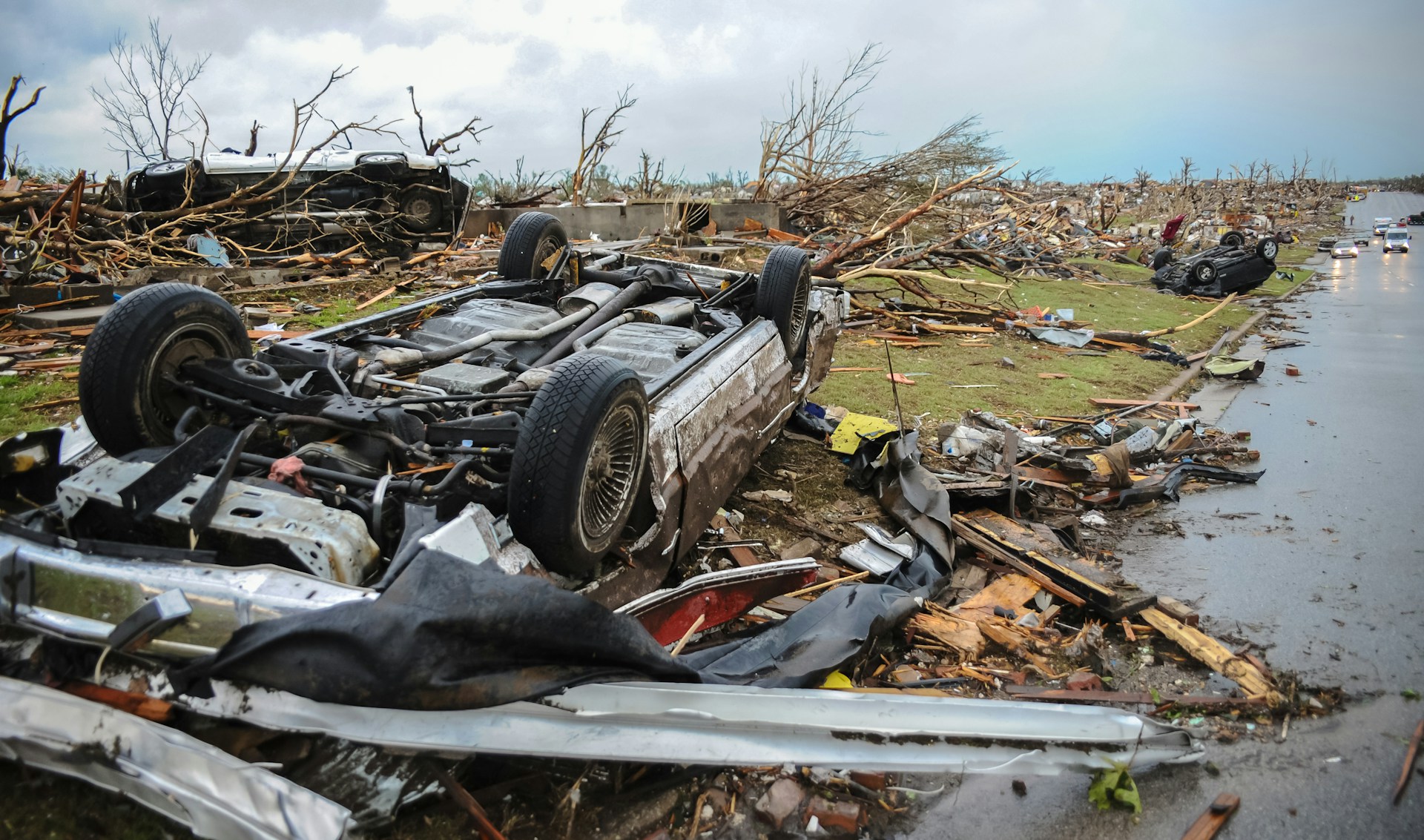
As storms grow more unpredictable, the insurance industry is reassessing how we analyze and underwrite property risks.
When the remnants of Hurricane Helene struck the Carolinas in September 2024, its devastation extended over 500 miles inland—well beyond the areas initially predicted to be at risk. Shortly after, Hurricane Milton made landfall with unprecedented force, causing both wind damage and widespread flooding that models hadn’t anticipated. California wildfires raged in unprecedented ways, causing massive devastation. These events underscore a growing reality: our current approach to risk modeling isn’t exactly working.
With climate change introducing new variables and unpredictable storm behaviors, traditional CAT models face limitations. Now is the time for a fresh perspective—one that blends data, human expertise, and collaboration to improve risk assessment and deliver stronger outcomes for clients.
DOXA’s team of experts explore the following topics:
CAT models are advanced tools designed to predict potential losses from catastrophic events like hurricanes, wildfires, and earthquakes. They rely on historical data, geospatial information, and simulations to help insurers assess risk and set premiums. However, these models are relatively new and continuously evolving. Their effectiveness depends on accurate inputs, and while they provide a strong foundation for decision-making, they can’t account for every real-world complexity.
What CAT Models Do Well:
In insurance, the way we define and categorize events directly affects whether a policy covers them—or doesn’t. As we continue to use CAT modeling as a tool, agreeing on language is extremely important, especially when it comes to complex, multi-layered risks.
Examples:
Ambiguity is the last thing anyone wants during a disaster. Parametric insurance eliminates the guesswork by offering clear, pre-defined payouts based on objective triggers—no loss adjustment process required.
How It Works:
By integrating accurate data, advanced modeling, and expert insights, DOXA offers a comprehensive approach to risk management tailored to meet the challenges of an unpredictable world.
Step 1: Accurate Data Collection & Valuation
Step 2: CAT Model Data Analysis
Step 3: Expert Interpretation
CAT modeling remains an essential tool in the insurance industry, but it must evolve alongside the increasing unpredictability of natural disasters. DOXA is committed to refining and strengthening these models, incorporating both traditional methodologies and innovative solutions like parametric insurance to provide more reliable risk assessments and coverage solutions.
To learn more about how DOXA can help you navigate CAT modeling complexities, connect with our team today.
Related posts

Every successful specialty insurance program starts with an underwriter who sees a unique opportunity – a segment that needs better capacity, sharper underwriting, or a new approach to risk. DOXA exists to help those underwriters turn their vision into reality. ...
Continue Reading
Starting a Managing General Agency (MGA) can be both thrilling and overwhelming. You’ve got the vision. You know the market need. But translating that into a functioning insurance entity—with...
Continue Reading